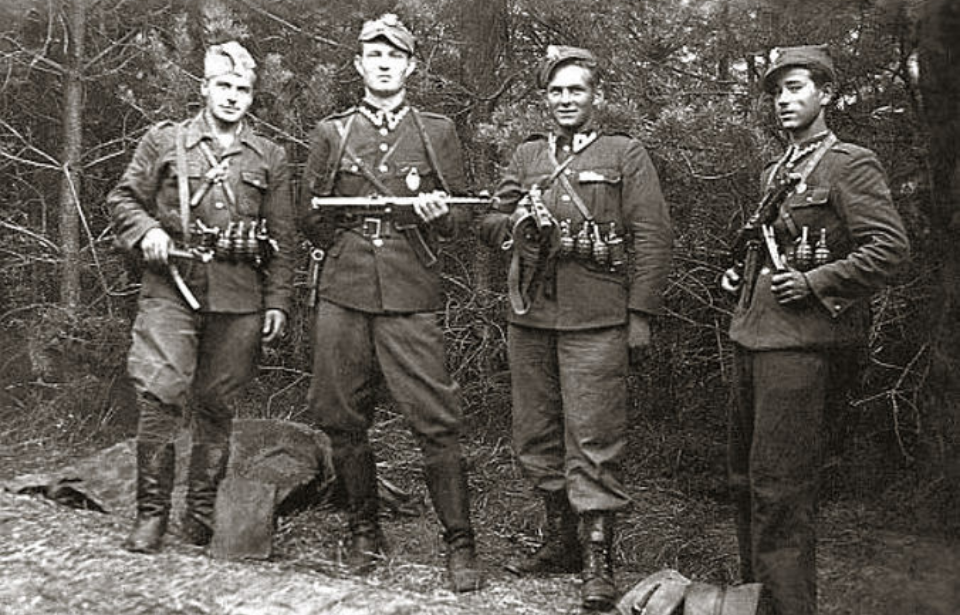In the tumultuous landscape of the Second World War, any examination of Poland highlights the valiant endeavors of the Polish Underground State. Initially established to resist German occupation, it later evolved to resist all Communist influence, striving to liberate the nation from Soviet control.
Those who resisted the Red Army and the NKVD are remembered as the “Cursed Soldiers,” a title emblematic of their unwavering determination to confront formidable challenges with bravery and determination.
Polish resistance to the German occupation
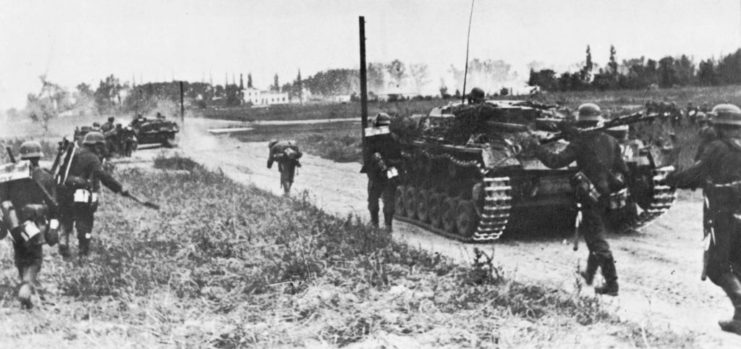
The commencement of World War II was marked by Germany’s invasion of Poland on September 1, 1939. Not long after, several underground organizations emerged throughout the country, all vehemently opposed to the occupation. By the end of the year, it was estimated that Warsaw, Poland’s capital, harbored 40 of these groups. This number swelled to 140 by 1940.
The proliferation of groups posed a challenge, as there was no means for coordinated strikes against the Germans. Consequently, the Polskie Państwo Podziemne (Polish Underground State) and Armia Krajowa (Home Army) were established, with their main objective being the restoration of Poland’s independence.
Despite being outnumbered and armed with fewer weapons than the occupiers, the country’s underground resistance consistently launched covert attacks. The Home Army orchestrated the largest of these actions, the Warsaw Uprising, in August 1944, as part of Operation Tempest. The uprising aimed to expel the Germans, re-establish Poland’s independence and present the nation as an equal to the Soviet Union.
The success of these efforts hinged on support from the Red Army. However, Soviet leader Joseph Stalin had different intentions. His goal was to weaken the Polish resistance as much as possible, prompting him to instruct his forces to delay the liberation of Warsaw.
This decision resulted in significant losses for the partisans, leading to the Home Army’s surrender in October 1944. The intense fighting devastated much of the capital city’s infrastructure, and civilians faced reprisals for the actions of the resistance fighters.
Joseph Stalin is given control of Poland
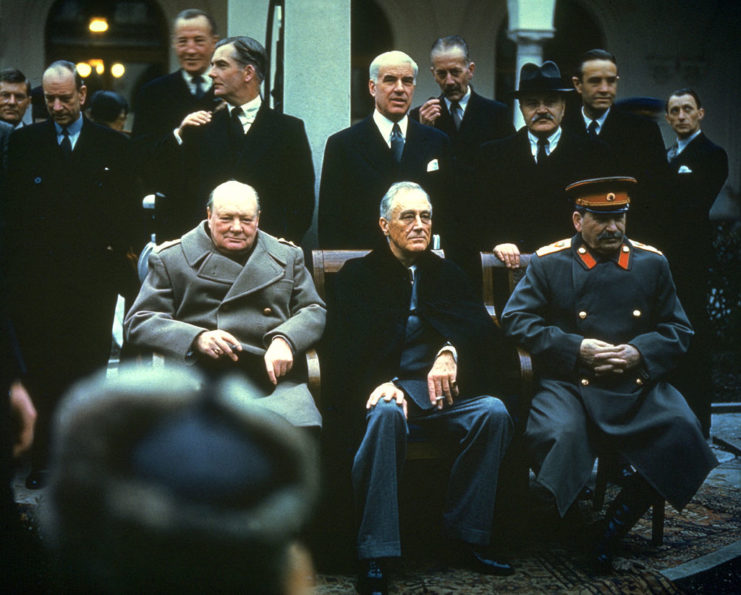
As the Soviet forces pushed the Germans out of Poland, Stalin installed a puppet government known as the Polish Committee of National Liberation.
Aware of the loyalty of the Polish Underground State to the government-in-exile, the new regime recognized the need to eliminate this opposition. The task of eradicating the Home Army and other resistance groups fell to the NKVD, the Soviet secret police. With intelligence from sympathetic partisans, the NKVD, aided by the Red Army’s Northern Group of Forces, apprehended and sent between 50,000 and 60,000 Poles to labor camps.
Shortly thereafter, in January 1945, the Home Army announced its disbandment.
In February, at the Yalta Conference, British Prime Minister Winston Churchill and US President Franklin D. Roosevelt conceded control of Poland to Stalin, a decision that deeply troubled many within the resistance movement, who were staunchly opposed to Communism and resented the ongoing oppression they faced.
‘Cursed Soldiers’ make up Poland’s new resistance groups
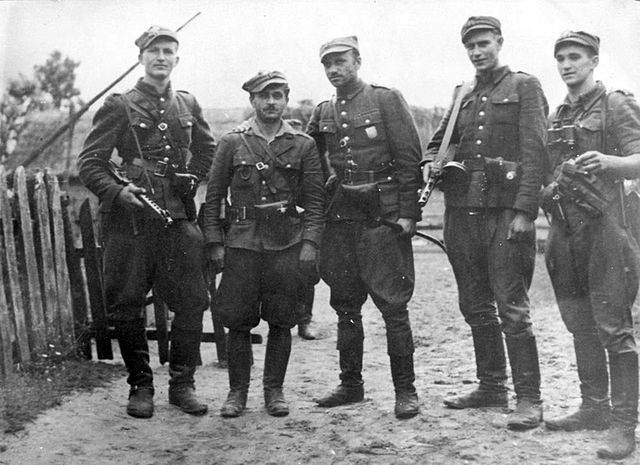
Following the disbandment of the Home Army, various resistance groups emerged, with the most prominent being the Wolność i Niezawisłość (Freedom and Independence Association). Its primary aim was to assist former partisans in discreetly transitioning back into civilian life, avoiding any revelations that could jeopardize their efforts against the NKVD.
As the Home Army dissolved in January 1945, several resistance fighters became victims of false assurances from the Soviets. Despite laying down their arms and registering in anticipation of freedom, they were swiftly betrayed, leading to arrests and deportations to labor camps. Others faced unofficial judicial proceedings and/or met tragic fates.
From the conclusion of WWII until the collapse of the Soviet Union, resistance groups ebbed and flowed. The individuals within these became known as the “Cursed Soldiers.” Their numbers peaked at 20,000, but they were significantly outnumbered by the Soviets. Nevertheless, they found support among 200,000-250,000 Polish civilians during their challenging endeavors.
Battle of Kuryłowka
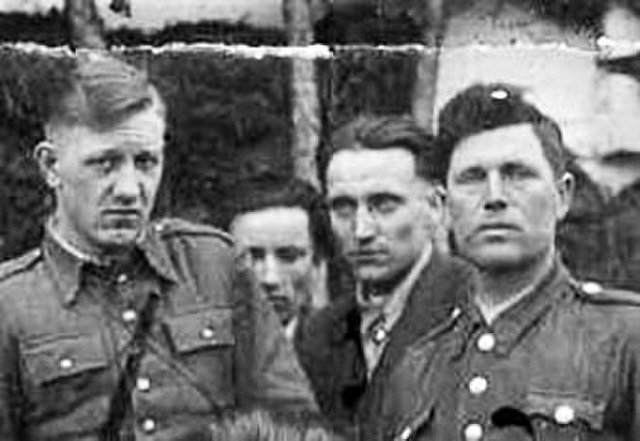
Between 1944-47, the Cursed Soldiers conducted a number of “hit-and-run” strikes against the Soviets occupying Poland, with the aim of either rescuing their captured comrades or killing high-ranking enemy officials. The typical plan of action saw them launch surprise attacks against Red Army garrisons and military installations, after which they would run into the surrounding forest for cover.
The biggest strike came between May 6-7, 1945 with the Battle of Kuryłowka, in southeastern Poland. It saw 200 fighters attack the 300-strong Soviet 2nd Border Regiment. The partisans came out victorious, killing between 56-70 NKVD agents. Those who survived retreated, only to return to Kuryłowka and burn down more 730 buildings, displacing around 1,000 residents.
This was followed a few weeks later by the attack by a resistance unit against the NKVD camp in Rembertów, on the outskirts of Warsaw. Led by Col. Edward Wasilewski, the partisans destroyed the encampment and freed the hundreds of Polish citizens being held prisoner.
Soviet actions against the ‘Cursed Soldiers’ of Poland
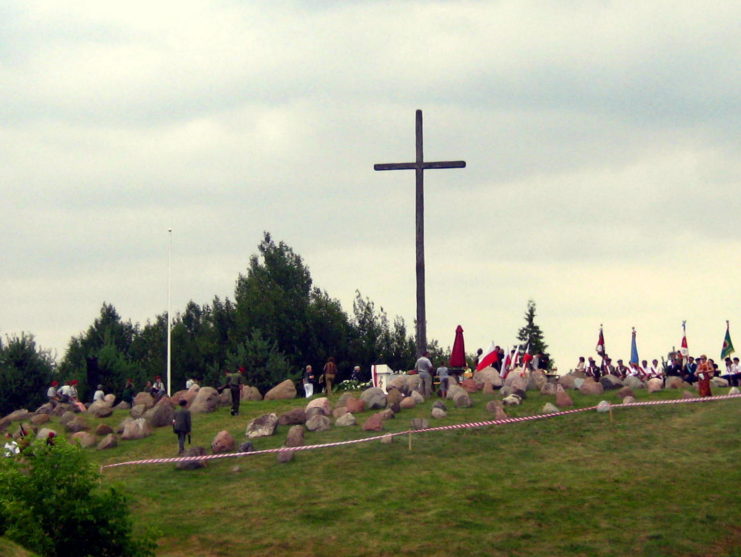
The Soviet authorities displayed extreme brutality toward the partisans they encountered. In the autumn of 1946, between 100 and 200 Cursed Soldiers were lured into a trap and killed. Furthermore, former members of the Home Army remained under constant surveillance for decades, only being cleared of any wrongdoing after the fall of the Soviet Union.
One of the most significant anti-resistance operations conducted by Soviet forces during this period was the Augustów Roundup. Ordered personally by Stalin, it involved a joint effort by the NKVD, the Red Army, SMERSH battalions, the Ministry of Public Security (UB) and the Polish People’s Army (LWP), resulting in the capture of over 2,000 partisans.
Considered one of the largest crimes committed by the Soviets against Poles after the Second World War, it led to the deaths of 600 anti-Communist fighters, many of whom perished in Soviet custody. Their bodies were then burned and buried in mass graves.
The brutality extended beyond resistance fighters to encompass Polish civilians, as well. An estimated 300,000 were arrested between 1944-55, though some sources claim the number may have been as high as two million. Approximately 6,000 death sentences were issued, with the majority carried out, and 20,000 ordinary citizens were left to die in Soviet prisons. Another six million Poles were suspected of involvement in underground organizations and subjected to investigation.
Poland’s last ‘Cursed Soldier’ is taken out in an ambush
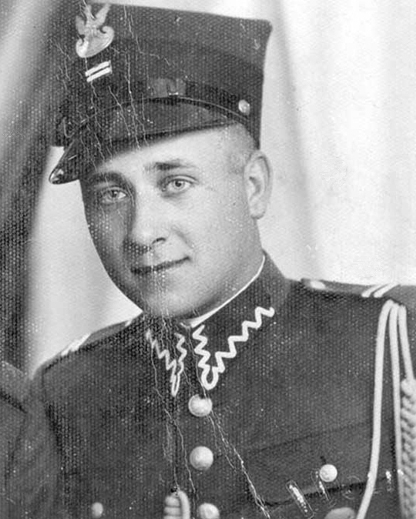
As the 1940s gave way to the ’50s, partisan groups persisted in launching guerrilla attacks against Soviet prisons, state security offices and detention facilities. They also undertook propaganda missions aimed at countering the Communist information that was being disseminated by the Stalinist regime.
Nonetheless, as the 1950s neared their end, the underground resistance in Poland began to wane. A number of partisans fell into the clutches of NKVD agents and UB officials. In due course, only one Cursed Soldier remained: Józef Franczak.
Franczak’s journey into this clandestine world had its origins in his conscription into the Polish Second Army in 1944. During his service, he bore witness to the executions of his Home Army comrades at the hands of the Communist Polish government. This experience prompted his defection, and after going into hiding for several months, he became actively engaged in the country’s anti-Communist movement.
Sought by the Soviets since 1951, it wasn’t until 1963 that they finally apprehended him. Franczak’s capture came about through a betrayal by his mistress, leading to his discovery in the small village of Majdan Kozic Górnych in eastern Poland. When the police ordered him to surrender, he presented himself as an ordinary peasant, only to open fire shortly thereafter.
A fierce firefight ensued, resulting in Franczak sustaining mortal injuries.
National Day of Remembrance of the ‘Cursed Soldiers’
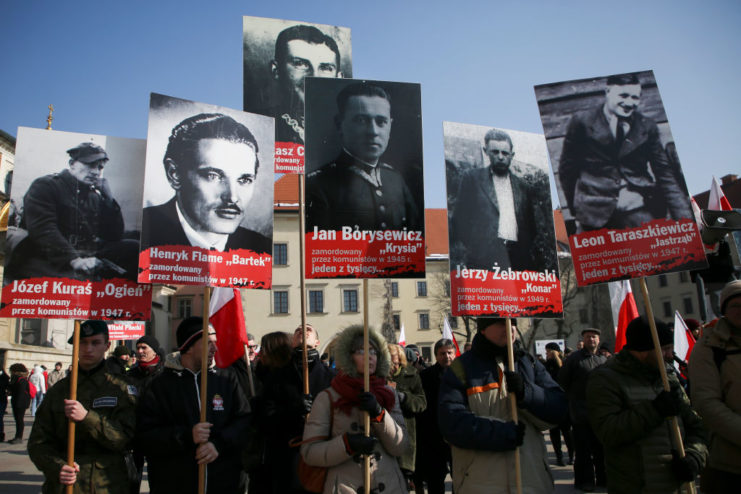
In 2011, Polish President Bronisław Komorowski signed into law an act that created the National Day of Remembrance of the “Cursed Soldiers,” held annually on March 1. The date is the anniversary of the execution of seven members of the Wolność i Niezawisłość.
More from us: 320th Barrage Balloon Battalion: The Only African-American Unit to Storm Normandy on D-Day
The National Day of Remembrance is intended to pay tribute to the partisans who gave their lives for Polish independence. It also honors the memories of all who fought against Communism with the resistance movement and were persecuted for their actions.
